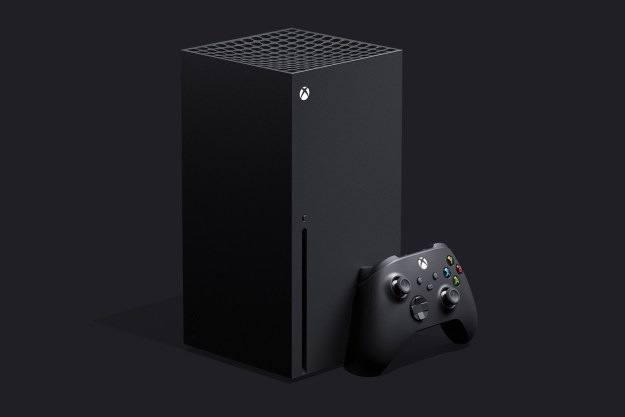Sometimes, letting go of the past is easier said than done, particularly when there are still people in the world who would rather depend on so-called “dumbphones” than modern-day smartphones. Enter Microsoft, with the recently-announced Nokia 230 and its dual-SIM counterpart.
The Nokia 230 carries very humble specifications. It’s equipped with a 2.8-inch, 240 x 320 pixel resolution display. Running on the Series 30+ platform, the Nokia 230 is equipped with 16MB of RAM, and the MicroSD card slot gives the phone up to an 32GB of internal memory.
The 1,200mAh battery should give the Nokia 230 a maximum of 27 days standby time, 23 hours of 2G talk time, and 52 hours of music playback. Around front lies a 2-megapixel camera, which — funny enough — is actually higher resolution than some smartphones’ front-facing cameras nowadays. Finally, a 2-megapixel camera with flash can be found around back.
Because of the hardware, don’t expect anything close to 4K video recording, as the front-facing camera only allows for 480p. The rear camera, meanwhile, records 320 x 240 resolution videos. Interestingly, both cameras feature flash modules, which is quite the rarity in dumbphones.
Crucially, the Nokia 230 comes pre-loaded with Opera Mini, Bing Search, and MSN Weather, while the 2.5G support ensures you’ll actually be able to use the apps. However, much like with other dumbphones, you’ll need to switch back to Mini SIM to take advantage of the connectivity.
Finally, seeing as the Nokia 230 is a candybar dumbphone, expect to use the nostalgic T9 keyboard if you want to get some typing done.
If you’re intrigued by what the Nokia 230 has to offer, it’ll be available this December for roughly $55. However, unless you live in India, Asia, or the Middle East, expect to import one.
Editors' Recommendations
- Microsoft Defender has one key weakness its rivals don’t
- Nokia 9 PureView won’t get Android 11 after all; HMD offers a discount instead
- Microsoft workers won’t return to its offices until at least 2021
- Microsoft to bring Windows 10X to laptops first, pivot from dual screens
- Bill Gates is stepping down from Microsoft’s board


